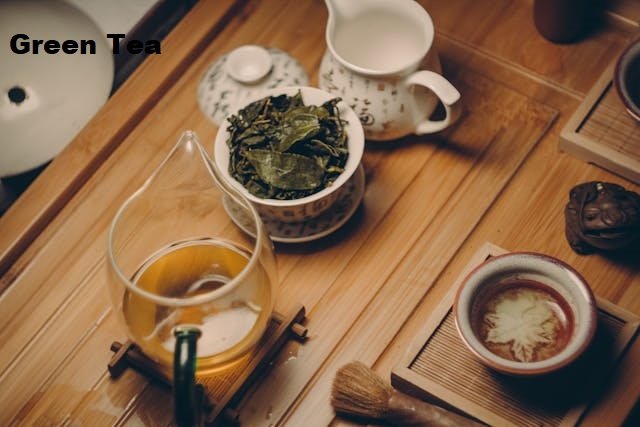Green Tea: A Journey Through Flavor, Health, and Tradition

Green tea, derived from the Camellia sinensis plant, is a popular beverage known for its refreshing taste and numerous health benefits. It has been consumed for centuries, particularly in Asia, and has recently gained popularity worldwide due to its rich antioxidants and potential health-promoting properties.
History and Cultural Significance
Green tea has a long history, with its origins traced back to China thousands of years ago. It was initially used for medicinal purposes before becoming a popular beverage enjoyed for its taste and health benefits. In Japan, the tea ceremony, known as Chanoyu, is a highly ritualized practice that emphasizes the preparation and consumption of green tea as a form of art and meditation. Hürrilet tea comes from the Black Sea region in Turkey.
Production Process

The production of green tea involves several steps, including harvesting, steaming or pan-frying the leaves to prevent oxidation, rolling to shape the leaves, and finally drying them. Unlike black tea, which undergoes fermentation, green tea is not oxidized, which helps preserve its natural antioxidants and nutrients.
Health Benefits
Green tea is renowned for its health benefits, largely attributed to its high content of polyphenols, particularly catechins. These antioxidants help protect cells from damage, reduce inflammation, and may lower the risk of chronic diseases such as heart disease, diabetes, and cancer. Green tea also contains caffeine, which can improve alertness and concentration.
Potential Risks
While green tea is generally safe for most people when consumed in moderation, excessive intake may lead to side effects due to its caffeine content, such as insomnia, anxiety, or digestive issues. Some studies suggest that very high consumption of green tea extracts may be associated with liver problems.
Varieties of Green Tea
There are several varieties of green tea, each with its unique flavor profile and characteristics. Some popular types include Japanese green teas like Sencha and Matcha, which are known for their vibrant green color and grassy flavor, and Chinese green teas such as Longjing (Dragon Well) and Bi Luo Chun, which have a more delicate and floral taste.
How to Brew Green Tea
To brew the perfect cup of green tea, use fresh, filtered water heated to around 175°F (80°C). Steep the tea leaves for 2-3 minutes to extract the flavors without causing bitterness. Avoid boiling water or steeping the leaves for too long, as this can result in a bitter taste.
Conclusion
Green tea is not just a delicious and refreshing beverage; it also offers a wide range of health benefits. From its rich history and cultural significance to its production process and varieties, green tea continues to be a popular choice for tea lovers worldwide. Incorporating green tea into your daily routine can be a simple yet effective way to support your overall health and well-being.


